The existing answer has the right idea, but I doubt you want to sum all of the values in size as nicogen has done.
I assume you were picking a relatively large size to demonstrate the shape in the histograms and instead you want to sum up one value from each category. e.g., we want to compute the sum of one instance of each activity, not 1000 instances.
The first code block assumes that you know your function is a sum and can therefore use fast numpy summing to compute the sum.
import numpy as np
import matplotlib.pyplot as plt
mc_trials = 10000
gym = np.random.choice([30, 30, 35, 35, 35, 35,
35, 35, 40, 40, 40, 45, 45], mc_trials)
brush_my_teeth = np.random.choice([2], mc_trials)
argument = np.random.choice([0, 45], size=mc_trials, p=[0.9, 0.1])
dinner = np.random.normal(15, 5/3, size=mc_trials)
work = np.random.normal(45, 15/3, size=mc_trials)
shower = np.random.triangular(left=5, mode=9, right=10, size=mc_trials)
col_per_trial = np.vstack([gym, brush_my_teeth, argument,
dinner, work, shower])
mc_function_trials = np.sum(col_per_trial,axis=0)
plt.figure()
plt.hist(mc_function_trials,30)
plt.xlim([0,200])
plt.show()

If you don't know your function, or can't easily recast is as a numpy element-wise matrix operation, you can still loop through like so:
def total_time(variables):
return np.sum(variables)
mc_function_trials = [total_time(col) for col in col_per_trial.T]
You ask about obtaining the "probability distribution". Getting the histogram as we have done above doesn't quite do that for you. It gives you a visual representation, but not the distribution function. To get the function, we need to employ kernel density estimation. scikit-learn has a canned function and example that does this.
from sklearn.neighbors import KernelDensity
mc_function_trials = np.array(mc_function_trials)
kde = (KernelDensity(kernel='gaussian', bandwidth=2)
.fit(mc_function_trials[:, np.newaxis]))
density_function = lambda x: np.exp(kde.score_samples(x))
time_values = np.arange(200)[:, np.newaxis]
plt.plot(time_values, density_function(time_values))

Now you can compute the probability of the sum being less than 100, for instance:
import scipy.integrate as integrate
probability, accuracy = integrate.quad(density_function, 0, 100)
print(probability)
# prints 0.15809







